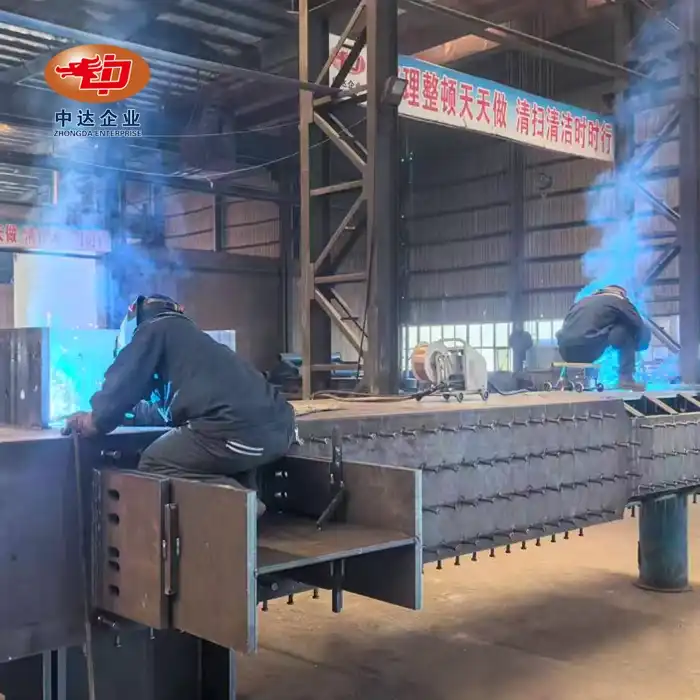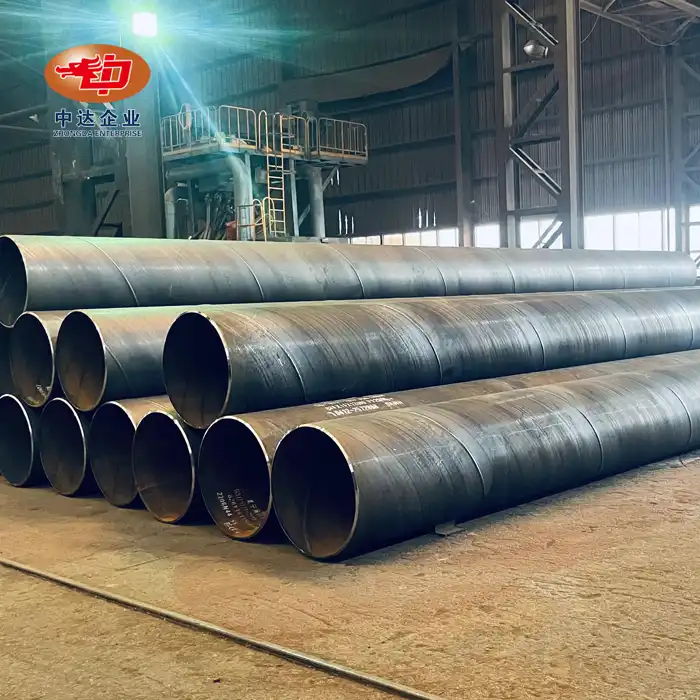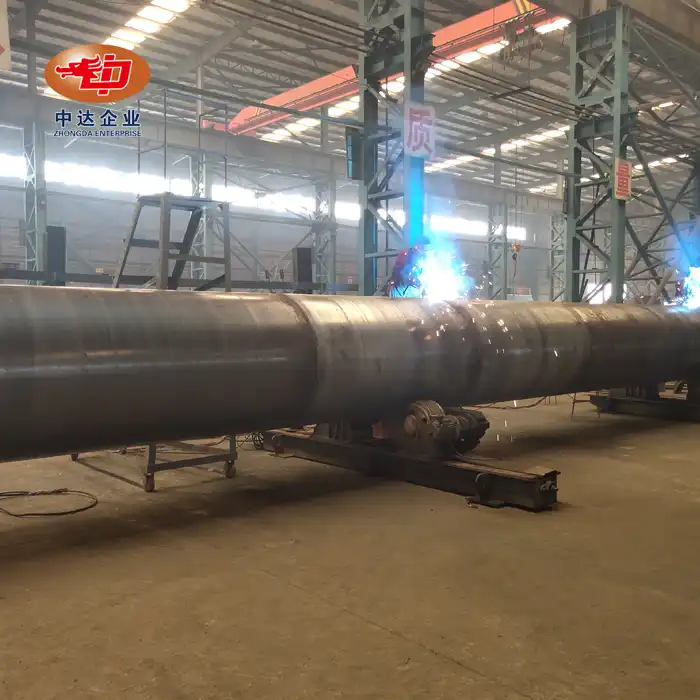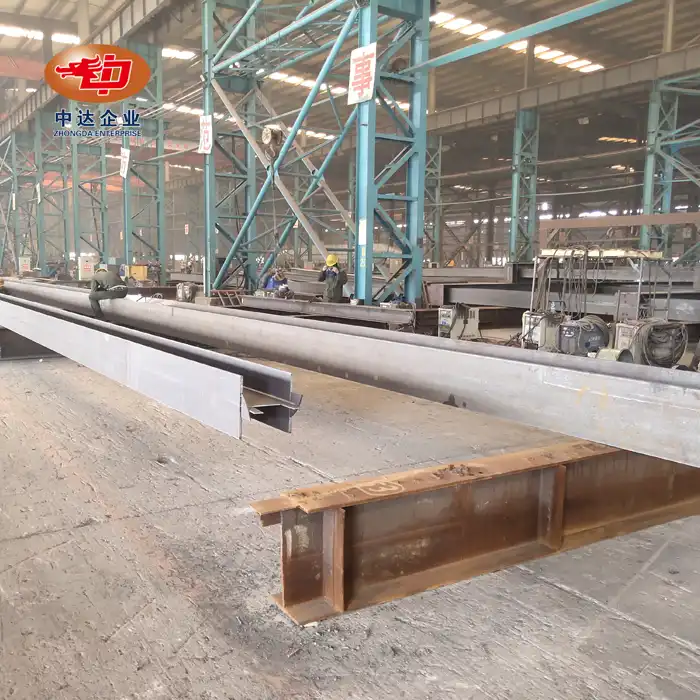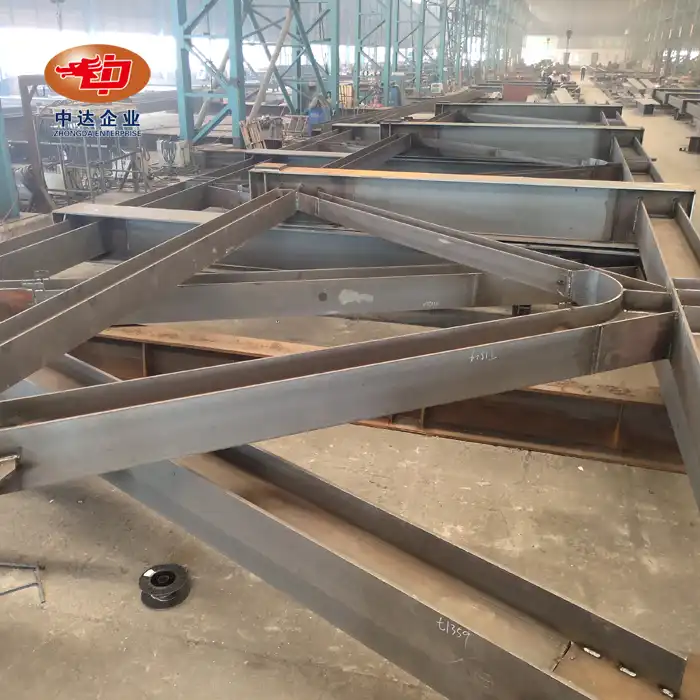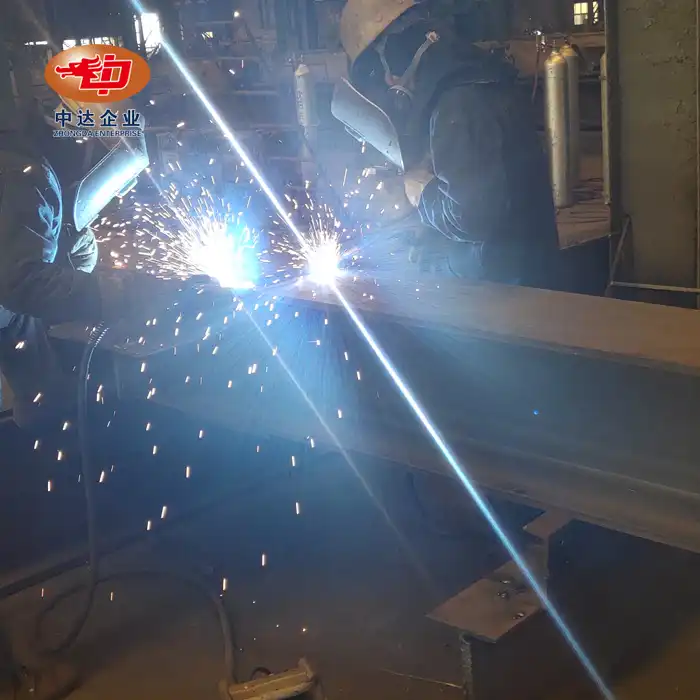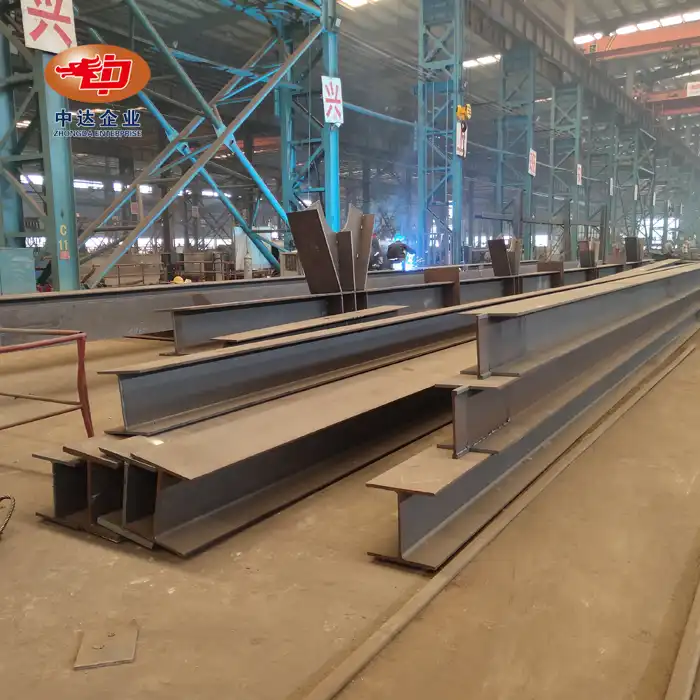The Impact of Construction Noise on Workers and Communities
Health Risks Associated with Prolonged Noise Exposure
Construction sites are filled with high-decibel sounds from jackhammers, bulldozers, cranes, and other heavy equipment. Continuous exposure to these noise sources can lead to permanent hearing damage, including noise-induced hearing loss and chronic tinnitus. Additionally, excessive noise increases cortisol levels, contributing to fatigue, hypertension, and heightened stress responses. Over time, this can impair concentration, slow reaction times, and increase the likelihood of workplace accidents. Employers must prioritize hearing conservation programs, provide protective gear, and educate workers on the risks of long-term noise exposure.
Community Disruption and Quality of Life Issues
Construction noise doesn't just affect those on-site - it can significantly impact people living and working nearby. Early morning operations, continuous drilling, and vibrations from equipment can interrupt sleep, cause anxiety, and disturb day-to-day routines. Sensitive groups such as children, the elderly, and those with medical conditions are particularly vulnerable. Constant disruptions may also affect local businesses, leading to financial losses. In response, communities often file complaints or petitions, pushing developers to implement noise mitigation measures or face reputational and financial consequences.
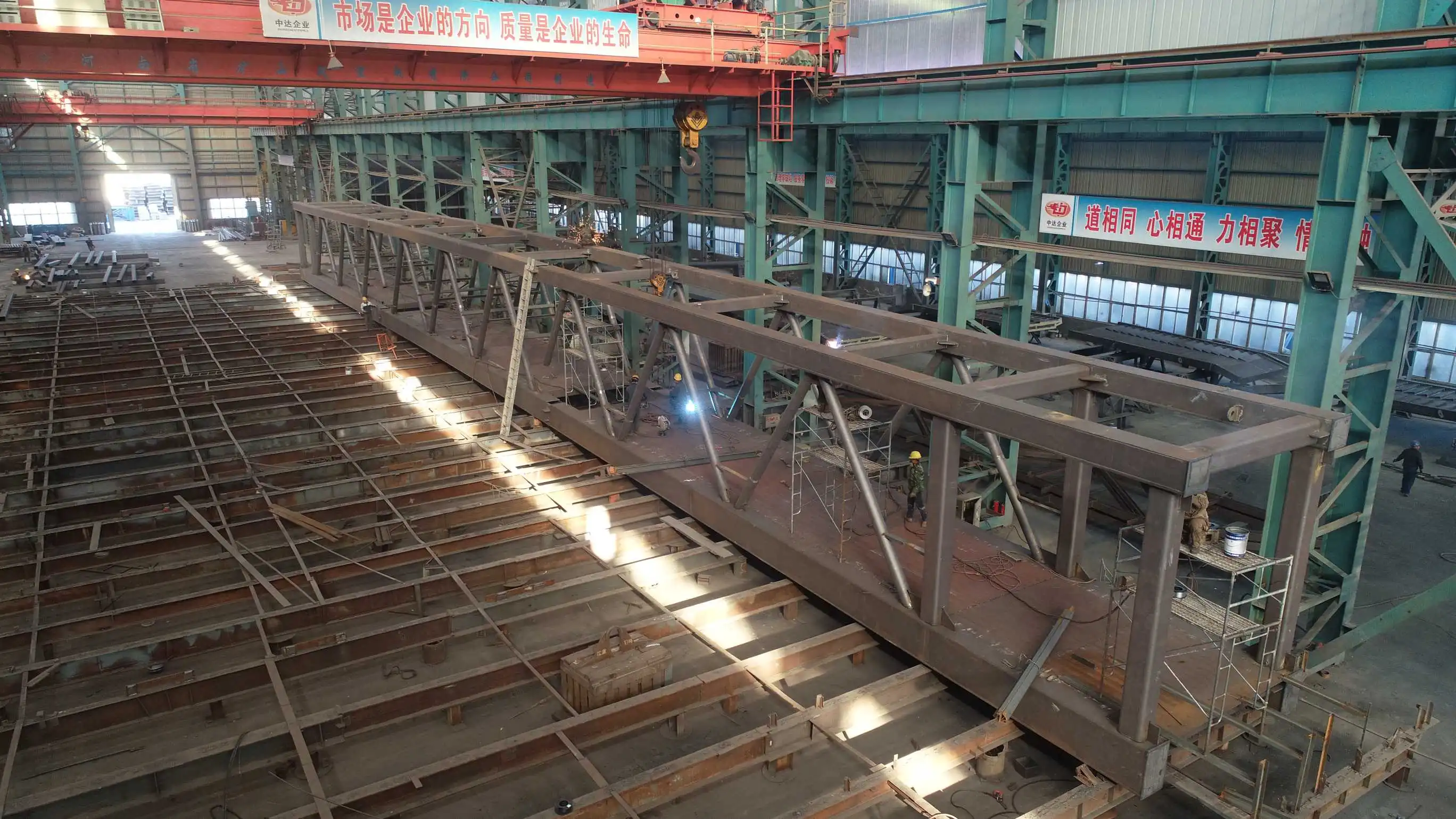
Regulatory Compliance and Noise Ordinances
To address public concerns, many local governments have enacted detailed noise control regulations that define acceptable noise levels, permitted working hours, and designated quiet zones. These ordinances are enforced through routine inspections and public reporting systems. Failure to comply may result in citations, monetary penalties, and mandatory work suspensions. For construction managers, understanding and integrating these requirements into project schedules is essential. Utilizing quieter equipment, installing temporary sound barriers, and planning noisy operations during permitted hours can help ensure compliance and maintain project momentum.
Understanding Sound Barrier Technology
Composition and Design of Modern Sound Barriers
Advanced sound barriers, like those produced by Zhongda Steel, utilize a composite structure to maximize noise reduction. These barriers typically feature a perforated galvanized steel outer layer combined with a high-density glass wool inner layer. This innovative design achieves a Noise Reduction Coefficient (NRC) of up to 0.81, significantly dampening sound waves and reducing noise transmission.
Customization and Adaptability
Modern sound barriers are designed with flexibility in mind. They come in modular sizes, ranging from 2 to 6 meters, allowing for easy customization to fit various project requirements. Additionally, these barriers can be tailored with different perforation rates and over 200 color options, ensuring they not only function effectively but also blend seamlessly with the surrounding environment.
Performance Standards and Certifications
Quality sound barriers undergo rigorous testing to meet international standards. For instance, Zhongda Steel's products are EU CE certified (EN 14388) and have passed SGS 2000-hour UV resistance tests. These certifications ensure that the barriers maintain their performance and durability even in challenging outdoor conditions, providing long-term noise reduction solutions for construction sites.
Implementing Sound Barriers in Construction Projects
Strategic Placement and Installation
Effective implementation of sound barriers requires careful planning and strategic placement. Barriers should be positioned to create a continuous shield between noise sources and sensitive areas. For maximum effectiveness, they should be installed as close to the noise source as possible. In highway construction projects, H-shaped columns combined with concrete foundations provide stability against wind pressures up to 1.2kN/㎡, ensuring the barriers remain effective even in adverse weather conditions.
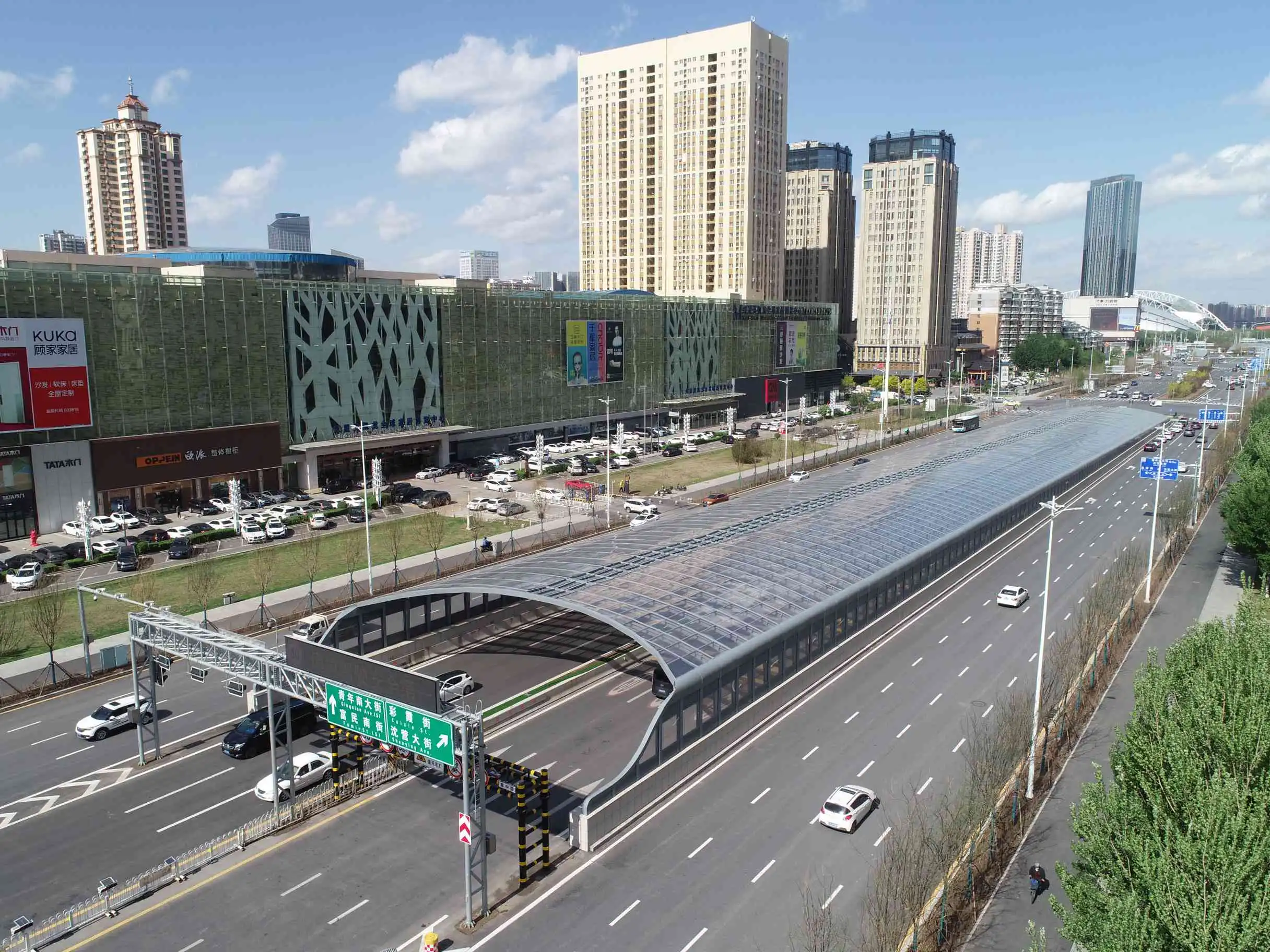
Adapting to Different Construction Environments
Sound barrier designs can be adapted to suit various construction environments. For instance, in rail transit projects, arc-top designs are often employed to reduce the wind whistle effect. Additionally, integrated fall prevention nets enhance safety in elevated construction zones. This versatility allows construction companies to address noise concerns across a wide range of project types, from urban developments to infrastructure expansions.
Cost-Benefit Analysis of Sound Barrier Implementation
While the initial investment in high-quality sound barriers may seem significant, the long-term benefits often outweigh the costs. By reducing noise-related complaints, improving worker productivity, and ensuring regulatory compliance, sound barriers can prevent costly project delays and legal issues. Moreover, the modular nature of modern barriers allows for their reuse across multiple projects, providing ongoing value for construction companies.
Conclusion
The implementation of advanced sound barriers in construction projects represents a significant step forward in addressing noise pollution and its impact on workers and communities. By utilizing innovative technologies and materials, companies like Zhongda Steel are enabling construction firms to maintain productivity while fostering positive relationships with surrounding neighborhoods. As urban development continues to accelerate, the role of effective noise management through sound barriers will become increasingly crucial in creating sustainable, livable cities.
Contact Us
Ready to elevate your construction project's noise management? Discover Zhongda Steel's cutting-edge outdoor sound barriers. Our innovative solutions offer superior noise reduction, customizable designs, and long-lasting durability. Protect your workers, respect your community, and ensure project success with our industry-leading sound barrier technology. Contact us today at Ava@zd-steels.com to learn how we can tailor our products to your specific project needs.











